
The trial is evaluating the company’s femtosecond laser trabeculotomy procedure in comparison to selective laser trabeculoplasty

The trial is evaluating the company’s femtosecond laser trabeculotomy procedure in comparison to selective laser trabeculoplasty

Formosa Pharmaceuticals partners with Rxilient Medical to commercialize APP13007, a new ophthalmic treatment for post-surgery inflammation and pain relief.

Earlier in 2025 it was announced that PainReform had acquired a majority equity interest in LayerBio, focusing on the company’s OcuRing-K technology.

Of the 1000 patients with dry eye symptoms surveyed, 80% stated that “they would try a science-backed eye drop that mimics natural tears and restores tear-film balance."

Under the terms of the agreement Iolyx Therapeutics has granted Théa exclusive worldwide development and commercialization rights, excluding Asia, to ILYX-002 for the treatment of ocular surface diseases.

The SAPPHIRE trial evaluating the VisiPlate is currently underway across several sites across the US, with more site activations scheduled for 2026

K8 is a member of a new class of inflammasome-inhibiting drugs called kamuvudines.
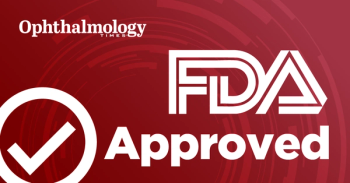
Cyclosporine ophthalmic emulsion 0.05% is a topical immunomodulator to increase tear production in patients whose tear production is thought to be reduced due to ocular inflammation associated with dry eye syndrome.
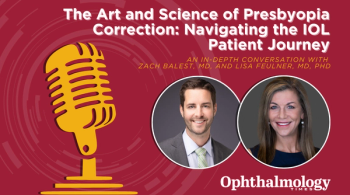
Leading cataract surgeons discuss their comprehensive approach to IOL counseling, exploring how they bridge expectation gaps and tailor premium lens strategies to each patient's unique anatomy, goals, and lifestyle.

The company noted that this approval marks Celltrion's first Health Canada–approved biologic product in ophthalmology.

This is the first submission for approval under the exclusive license and commercialization agreement for South Korea that was signed between LENZ and Lotus.

HUC1-394 is a peptide-based eye drop for dry eyes being developed by the company.

The DRAGON trial was a 24-month pivotal phase 3 trial evaluating Tinlarebant in adolescent STGD1 patients.

Kiora Pharmaceuticals advances ocular therapies with new patents for KIO-104, targeting retinal inflammation and enhancing treatment options.

To help with education and awareness, Prevent Blindness is providing free, expert-approved educational resources on GA.
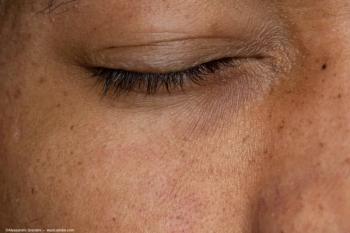
Researchers analyze the DREAM study, revealing lid margin collarettes in dry eye patients and their surprising lack of progression over time.
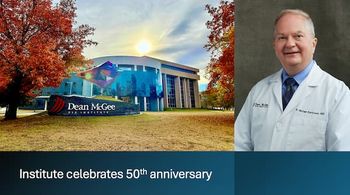
The CEO of Dean McGee Eye Institute reflects on the program’s milestones, global partnerships, and the future of patient-centered eye care.




Both therapeutics will leverage AGC Biologics’ BravoAAV suspension platform and use an innovative dual AAV vector approach, which splits the therapeutic gene into 2 halves.


HELIOS-3 is a phase 3 registrational program for AXPAXLI (or OTX-TKI) for the treatment of non-proliferative diabetic retinopathy (NPDR).
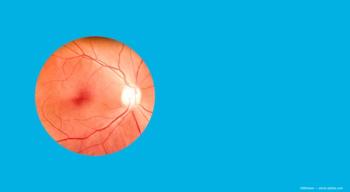
AAO 2025 revealed that true-color widefield imaging, AI-powered home OCT, and refined FAERS analyses are collectively transforming retinal diagnostics into a more precise, continuous, and safety-aware system.

The topical ophthalmic solution is preservative-free and includes dual lubricants—hyaluronic acid and hydroxypropyl methylcellulose—for patient comfort.
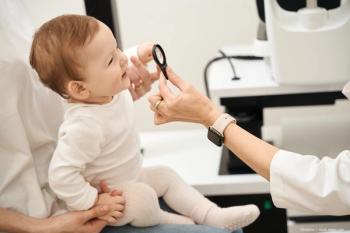
According to the company, this is the first and only single-use kit on the market that includes the diagnostic lens.
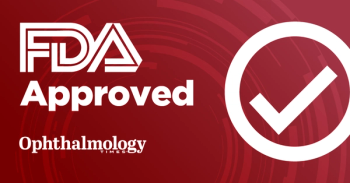
Additionally, the FDA approved a monthly dosing option for some patients who may benefit from resuming this dosing schedule across approved indications.

EyePoint Pharmaceuticals' DURAVYU trials for wet AMD receive positive DSMC review, highlighting safety and potential for improved patient outcomes.

The procedure was conducted as part of the company’s ongoing phase 1 clinical trial.
